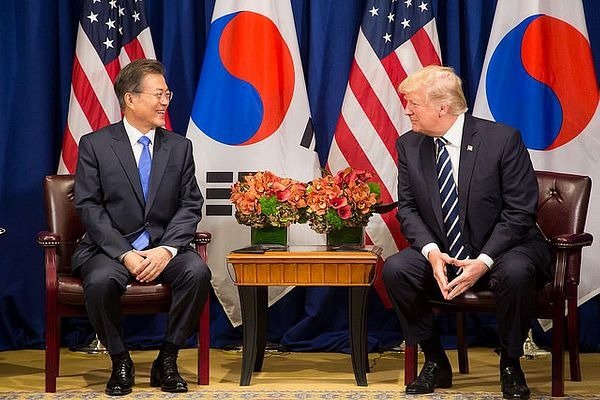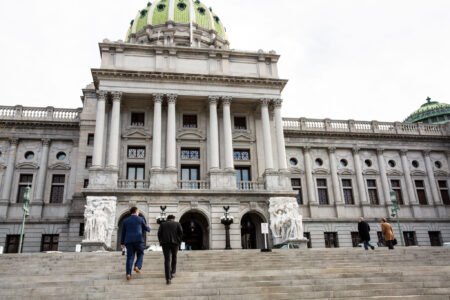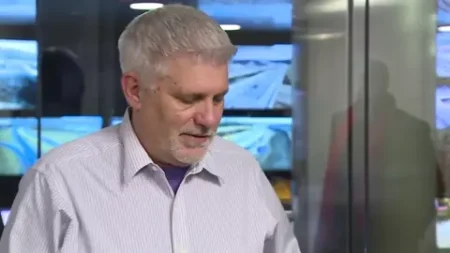President Donald Trump said on Monday that a 15% tariff on imports from South Korea will remain in place despite South Korean President Lee Jae Myung’s visit to Washington, D.C. The announcement reaffirmed Trump’s commitment to his trade policies, even as the two nations work through lingering disputes over recent trade agreements.
“We stuck to our guns,” Trump told reporters after meeting with President Lee.
The United States and South Korea struck a deal in July that allowed Seoul to avoid an even steeper 25% tariff on exports to the US. However, despite the agreement, tensions between the two allies remain high. Analysts note that the latest confirmation of tariffs could place further strain on trade relations between Washington and Seoul, particularly in sectors that rely heavily on exports.
The Trump administration has taken a hardline approach on global trade, and tariffs have become a centerpiece of its economic strategy. Just last week, the president announced a new investigation into foreign furniture imports, vowing to impose duties once the probe is complete.
“Furniture coming from other countries into the United States will be tariffed at a rate yet to be determined,” Trump wrote on his social media platform Truth Social. He argued that such measures would “bring the Furniture Business back to North Carolina, South Carolina, Michigan, and states all across the Union.”
Markets reacted quickly to the announcement. Shares of major US furniture retailers including Williams Sonoma (WSM) and Wayfair (W) slid sharply on Monday in one of the first immediate market responses to Trump’s tariff warning. Industry analysts say the move could raise costs for consumers and heighten supply chain uncertainty.
At the same time, US tariffs on imports from India are scheduled to double on Wednesday, with no sign of a breakthrough in negotiations. White House trade adviser Peter Navarro criticized India’s continued purchase of Russian oil, saying Washington has little choice but to move forward with punitive measures.
“I see that taking place,” Navarro said in reference to the 50% tariff increase. “India doesn’t appear to want to recognize its role in the bloodshed. It simply doesn’t. It’s cozying up to Xi Jinping, is what it’s doing.”
The trade tensions extend well beyond Asia. Late last week, Canada announced it would drop its retaliatory tariffs in order to align with US exemptions under the US-Mexico-Canada Agreement. Meanwhile, Washington and Brussels finalized a framework for their July trade pact. The deal includes a 15% US tariff on a wide range of European Union exports such as autos, pharmaceuticals, semiconductors, and lumber. Notably, wine and spirits were exempted from the agreement.
Earlier in August, Trump introduced what he described as “reciprocal” tariffs covering dozens of US trade partners. Those measures are now being tested in the courts. The tariffs are under review by the US Court of Appeals for the Federal Circuit after small business importers challenged their legality. Justice Department lawyers defended the tariffs in recent hearings, but a ruling against the administration could push the case to the Supreme Court.
The persistence of tariffs across multiple sectors highlights Trump’s determination to reshape US trade policy. Supporters argue the tariffs are necessary to protect American jobs and rebuild domestic manufacturing, while critics warn they risk higher consumer prices and strained relationships with key allies.
For South Korea, the 15% tariff underscores the challenges of navigating trade with Washington amid Trump’s broader push for tougher trade rules. Despite President Lee’s visit to the US, the latest announcement signals that the White House remains unwilling to soften its stance.
The outcome of ongoing investigations and court challenges will determine whether Trump’s sweeping tariff agenda holds in the months ahead. For now, the administration has shown no signs of backing down, keeping pressure on allies and rivals alike under its “America First” trade strategy.







